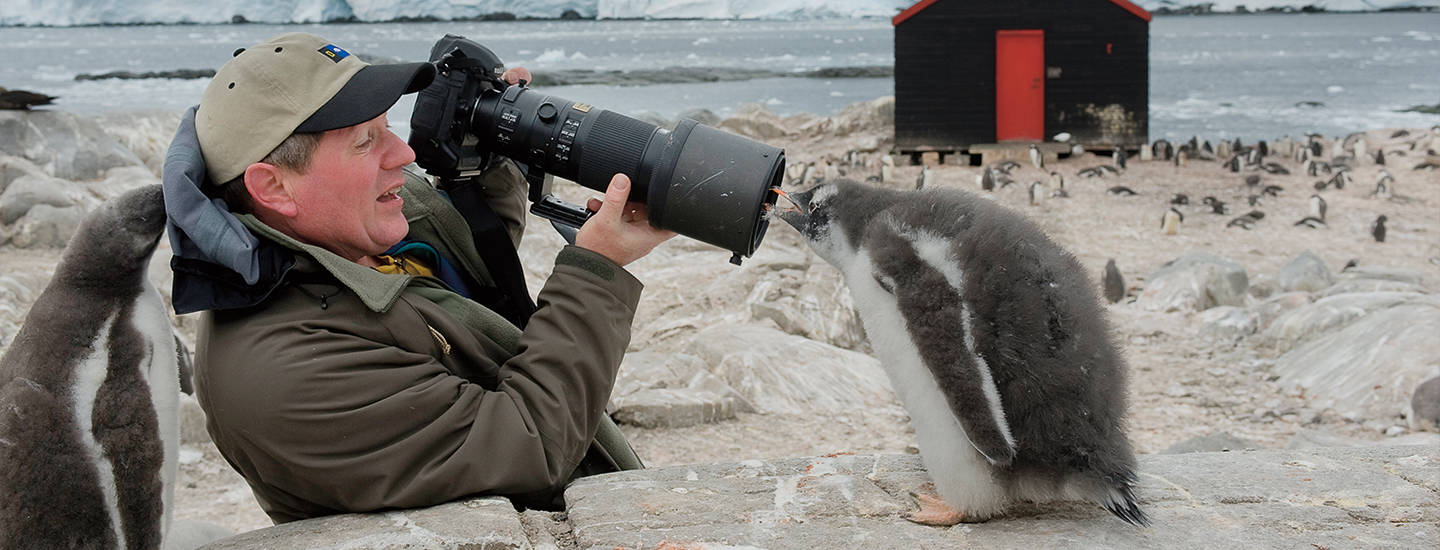Joel Sartore has seen animals from every angle. The wildlife photographer has been hugged by trained grizzly bears. His face has been blanketed with monarch butterflies. And his camera was almost broken by an angry bird called a white-crowned hornbill.
Sartore lives in Lincoln, Nebraska. For years, he traveled the globe taking pictures of animals in the wild. Now he’s on a different mission. He calls it the Photo Ark. Sartore wants to photograph all 12,000 animal species in zoos, aquariums, and other facilities around the world. That includes everything from a tiny tiger beetle to an enormous African elephant.
Why? Many animals face threats to their survival, such as shrinking habitats and climate change. A growing number are becoming endangered. Some species are dying out completely.
Sartore hopes his striking portraits will draw people’s attention to the animals’ struggles. “I hope people are moved to learn about the animals they most connect to,” he says. “Only then will they take action to save them.”
Joel Sartore has seen animals from every angle. He’s a wildlife photographer. He’s been hugged by trained grizzly bears. Monarch butterflies have covered his face. And an angry bird almost broke his camera.
Sartore lives in Lincoln, Nebraska. For years he traveled the globe. He took pictures of animals in the wild. Now he’s on a different mission. He calls it the Photo Ark. Sartore wants to visit zoos, aquariums, and other facilities around the world. He aims to photograph all 12,000 animal species that live in those places. That includes everything from a tiny tiger beetle to an enormous African elephant.
Why? Many animals are at risk. Their habitats are shrinking. They are also affected by climate change. A growing number are in trouble. Some species are totally dying out.
Sartore wants to draw people’s attention to animals’ problems. “I hope people are moved to learn about the animals they most connect to,” he says. “Only then will they take action to save them.”

